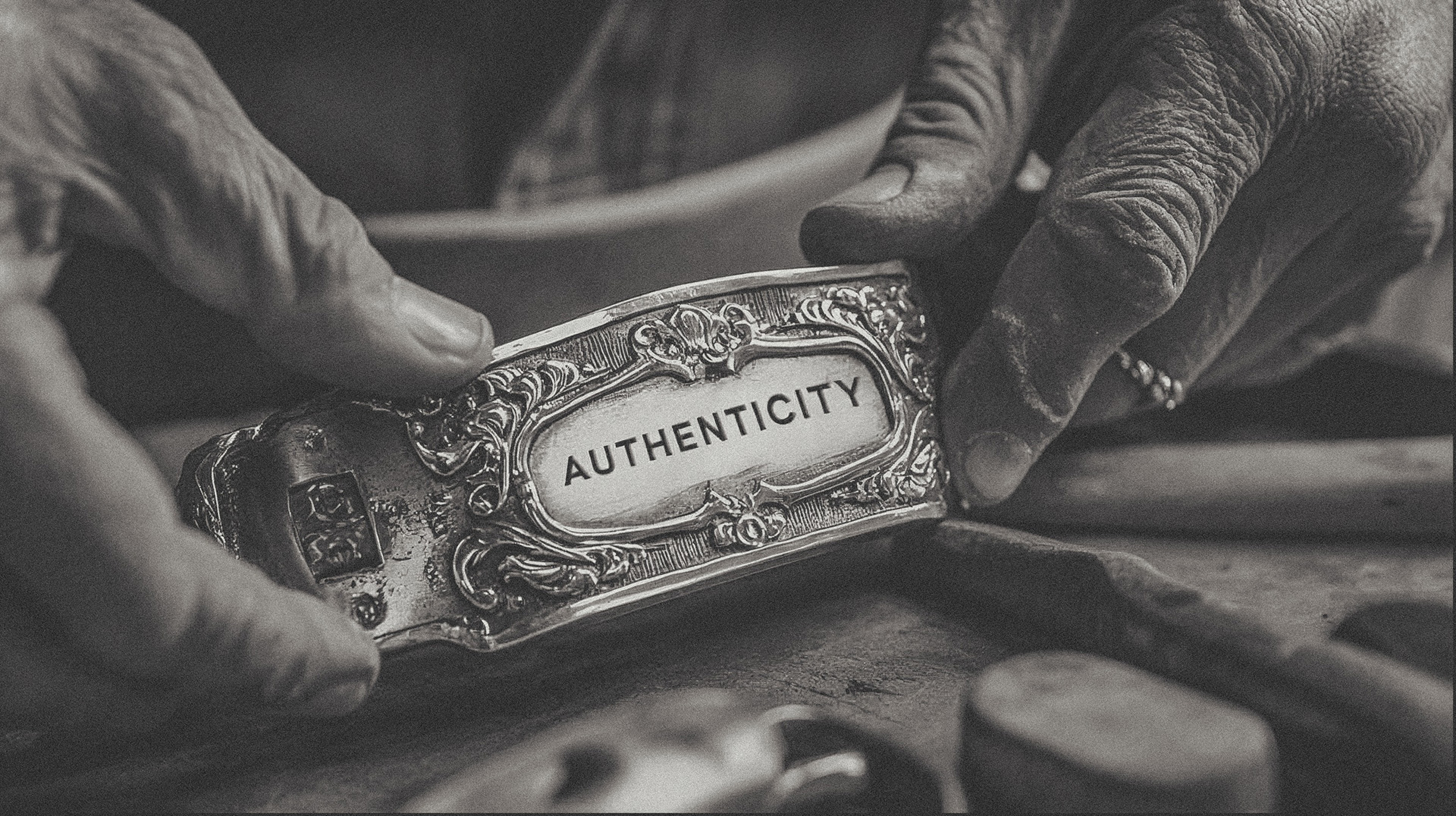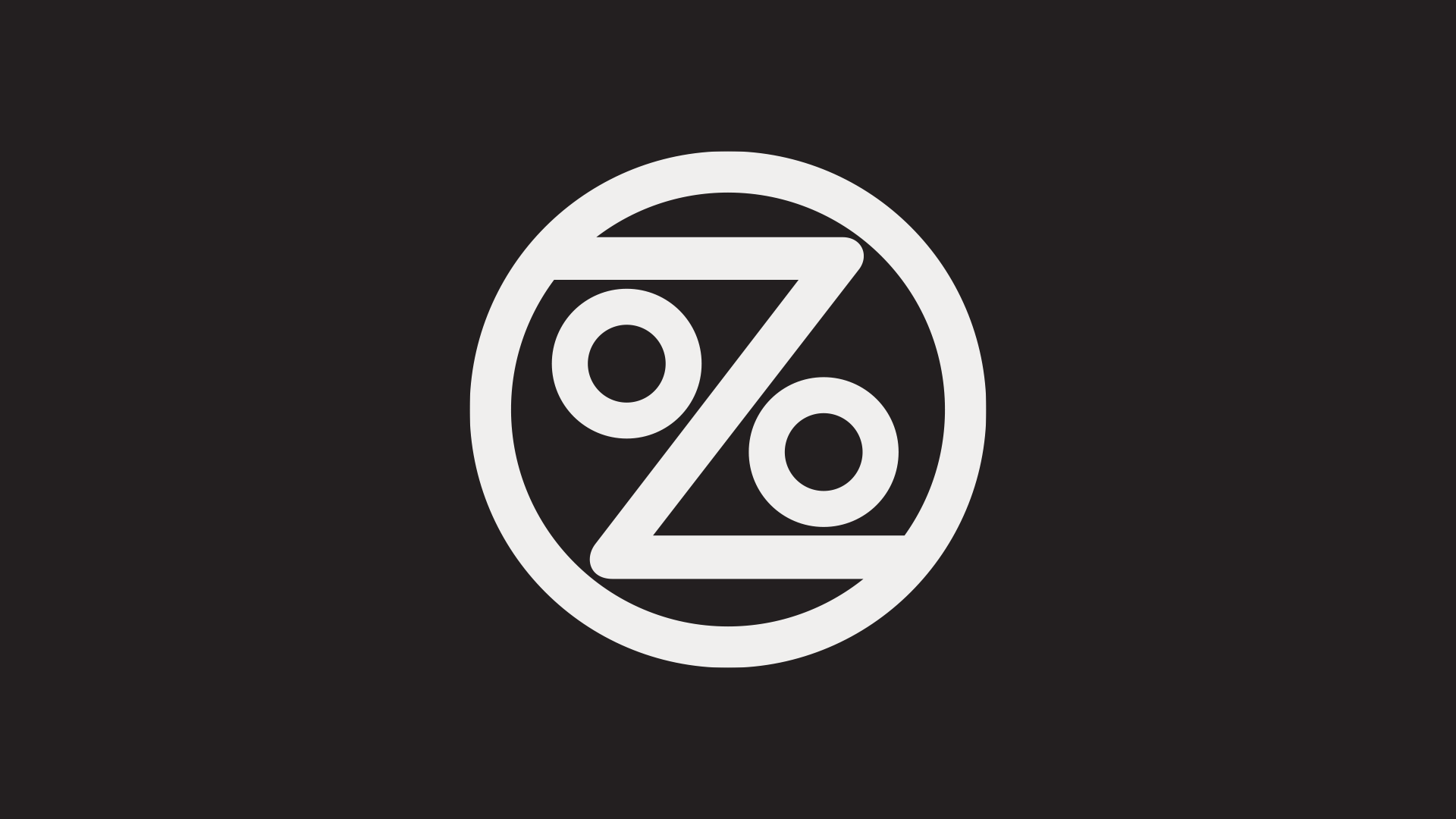When others control your brand more than you do.
Remember brand campaigns of the past? They were those splashy reintroductions to the brand, when a new tagline, new logo or new objective would come out. They weren’t selling anything beyond an idea, an ethos, a spirit to drive the brand forward in new and exciting ways. And hoping current customers (and some new ones) would come along for the ride.
I worked on brand campaigns. The team would sweat every word, every visual, cultivating a pure expression of the brand, synthesized into an epic 60-second spot. And maybe a spread. The platforms were limited and controlled. We were able to speak our strategically remastered piece uninterrupted.
reputation management
But those were the old days. The life and death of a brand today can live today in a tweet that trends, a news story that goes viral, or an employee that makes an error in judgment. Because of that, many “brand” campaigns have devolved to more of a reactionary, reputation management approach with a conciliatory tone. The face of the brand appears more when something needs to be fixed, rather than something that needs to be celebrated. Think Chipotle after e.coli. Or Wells Fargo after the accounts scandal.
Social media, cell phones and the unapologetic need to share have resulted in this hard-to-swallow fact for marketers: Your brand is only as strong as the person who represents it at any given moment. Sometimes that person is the face of the company, as in Subway and most recently Papa Johns. And sometimes not.
Maybe your brand is being framed on a global stage by a barista in a green apron, casting personal prejudice across an entire brand. And all that brand work leading up to that moment goes down the drain as a new focal point emerges.
When your own employees hijack your brand
Look no further than the Starbucks Foundation to prove that point. It gives millions each year to charity, with programs around non-profit grants, community service, clean water and improving the community where their coffee is grown.
The coffee chain has spent years cultivating a brand that is authentic to their ideals of standing for more than profit. They have reached pay equity across all race and gender in the US. They have moved to underserved communities after complaints that they only set up shop in white communities.
Yet, that all came crashing down by a single employee who didn’t want two African-Americans to use the bathroom without buying coffee. The cost of $10 for two Latte’s and 10 cents worth of a toilet flush, led to many millions in lost revenue, crisis management, and a stigma that permeated the brand, including #BoycottStarbucks trending on Twitter. In response, Starbucks closed 18,000 stores for a day to teach 175,000 employees racial bias training.
Even if those employees were truly were not motivated by racism or unconscious bias, the optics suggest otherwise. And in a world of snap judgments and quick bursts of info, that’s what people will see.
all employees are brand ambassadors
Like it or not (probably, mostly not) your network of employees are the new brand ambassadors, no matter what their title. The ticket agent that won’t make eye contact, the flight attendant who warmly greets you. The PR person who jumps on a plane after making an errant and tasteless tweet. For that moment, their individual identity is lost and replaced by the way they represent the brand, for good or bad.
But many times, it is hard for workers to understand they are doing more than just making coffee, ushering you to your airline seat or doing IT work. Education should not just be about racial intolerance. That’s pretty basic, and if someone needs training in that area, they probably should not be on your payroll.
Some basics every employee should know
- What your brand stands for, and how can they best represent that as they become the face of the brand, while performing duties on the brand’s behalf.
- That the values of the brand must come before the values or personal intolerances of the individual.
- That they are not being paid merely for their service, but for the ability to represent the brand with respect and dignity.
- Optics matters more than intent. Even if they are not targeting a particular group, if it seems like they are, that becomes the story.
For this to be successful, training should not begin after a crisis. It should be instilled from day one. If you look at a brand like Disney, they have iterative analogies that help their cast members (not employees) figure out situations by following some basic outlines. When they are in public, they are “on stage,” jobs are “performances,” and uniforms are “costumes.” Everyone, no matter the level is trained to understand how to act, from day one.
The Commander’s Intent
It’s nearly impossible to run through every situation for an employee (or cast member), so defining an end strategy allows your team to make dynamic decisions that weren’t planned for. It’s a way to manage uncertainty, in a fluid world, and plan for the end, not for the steps to get there. The Commander’s Intent helps empower mid-term decisions for a pre-determined end game.
But it is also on the brand to keep their employees happy as well as trained. Because brand ambassadors must believe in what they do, or else they will give away a secret recipe, or even worse. So get the right people to happily live your brand every day, so all that good you build upon a corporate level, gets carried through.


